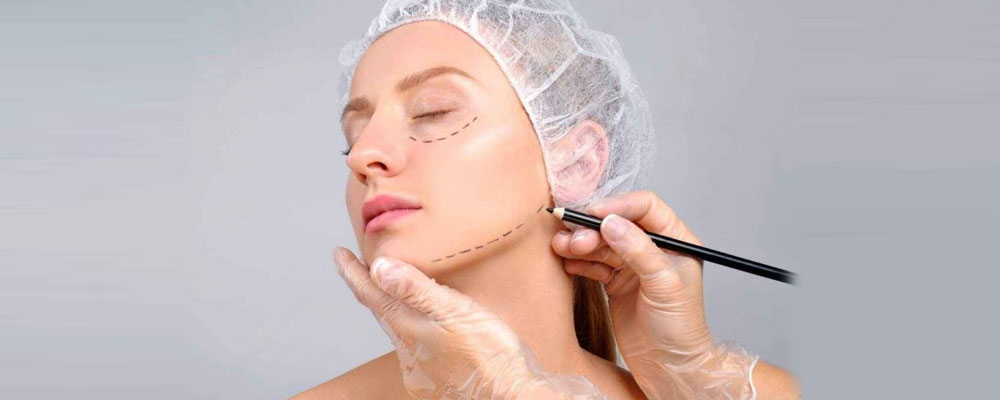Dermatosurgery
Dermatosurgery, also known as dermatologic surgery or skin surgery, is a specialized branch of dermatology that focuses on surgical procedures for the diagnosis and treatment of various skin conditions. Dermatologic surgeons, who are often dermatologists with additional training in surgical techniques, perform these procedures. The goal of dermatosurgery is to address both medical and cosmetic concerns related to the skin, hair, and nails.
Why dermatosurgery might be necessary?
- Skin Cancer Treatment: One of the primary reasons for dermatosurgery is the removal of skin cancers. Procedures such as excisions, Mohs micrographic surgery, and other surgical techniques may be used to treat basal cell carcinoma, squamous cell carcinoma, melanoma, and other types of skin cancer.
- Skin Lesion Removal: Dermatosurgery is often performed to remove benign or malignant skin lesions, growths, or tumors. This can include cysts, lipomas, nevi (moles), and other abnormal skin formations.
- Biopsy: When a skin condition is not clearly diagnosable through non-invasive methods, a dermatosurgical biopsy may be performed to obtain a tissue sample for microscopic examination. This is commonly done to diagnose or rule out skin cancers and various skin disorders.
- Cosmetic Procedures: Dermatosurgery includes a range of cosmetic procedures aimed at improving the appearance of the skin. This may involve laser surgery, chemical peels, dermabrasion, and other techniques to address issues such as wrinkles, scars, pigmentation irregularities, and vascular lesions.
- Scar Revision: Surgical procedures may be performed to revise and improve the appearance of scars resulting from injuries, surgeries, or previous dermatologic procedures.
- Hair Restoration: Dermatosurgery can include hair transplantation procedures for individuals experiencing hair loss. This involves surgically transplanting hair follicles to areas with thinning or absent hair.
- Removal of Warts and Lesions: Dermatologic surgeons may perform surgical procedures, such as excision or electrosurgery, to remove warts, skin tags, and other benign lesions.
- Cryosurgery: The use of freezing techniques in dermatosurgery, known as cryosurgery, can be employed to treat various skin conditions, including warts, actinic keratosis, and certain skin cancers.


